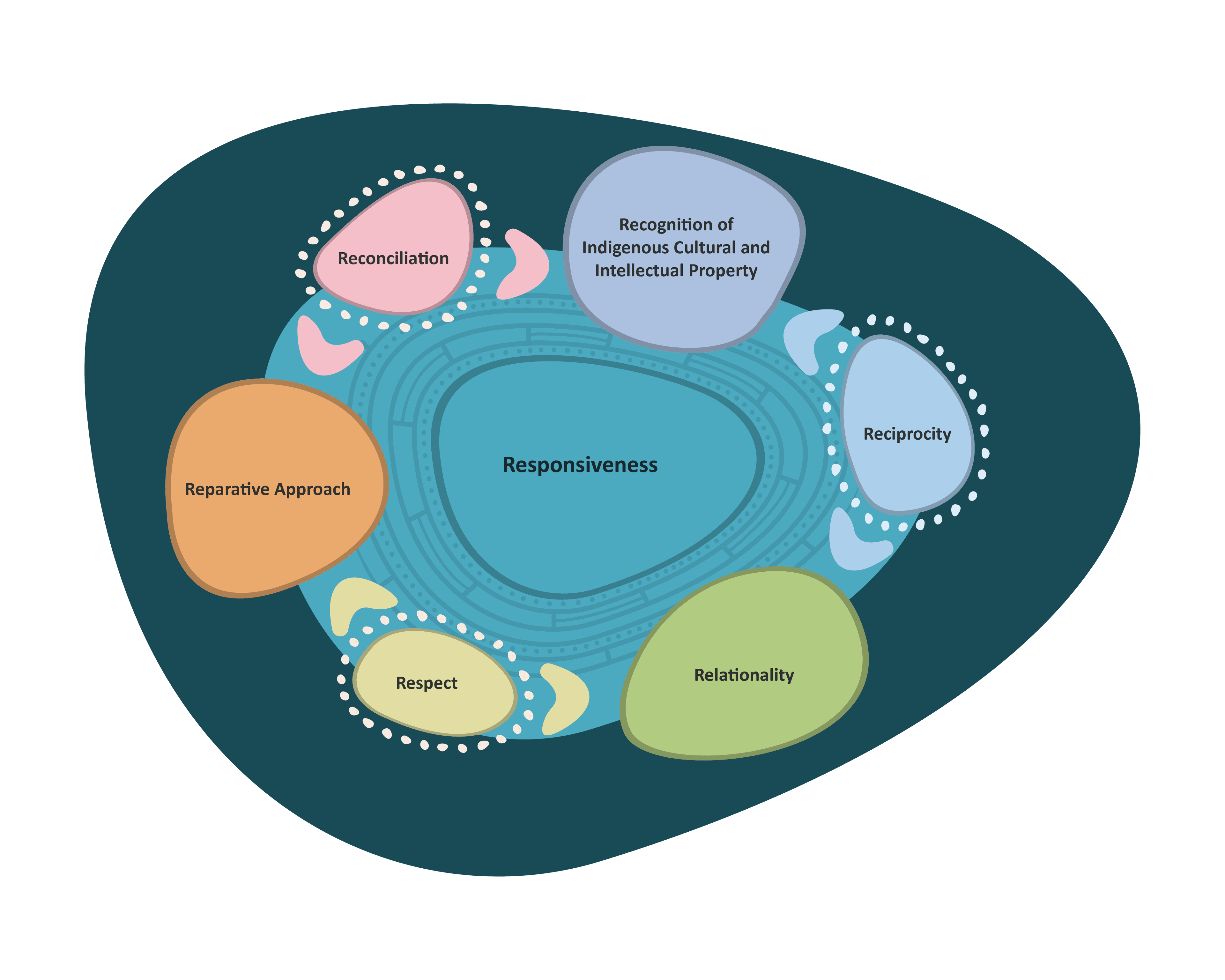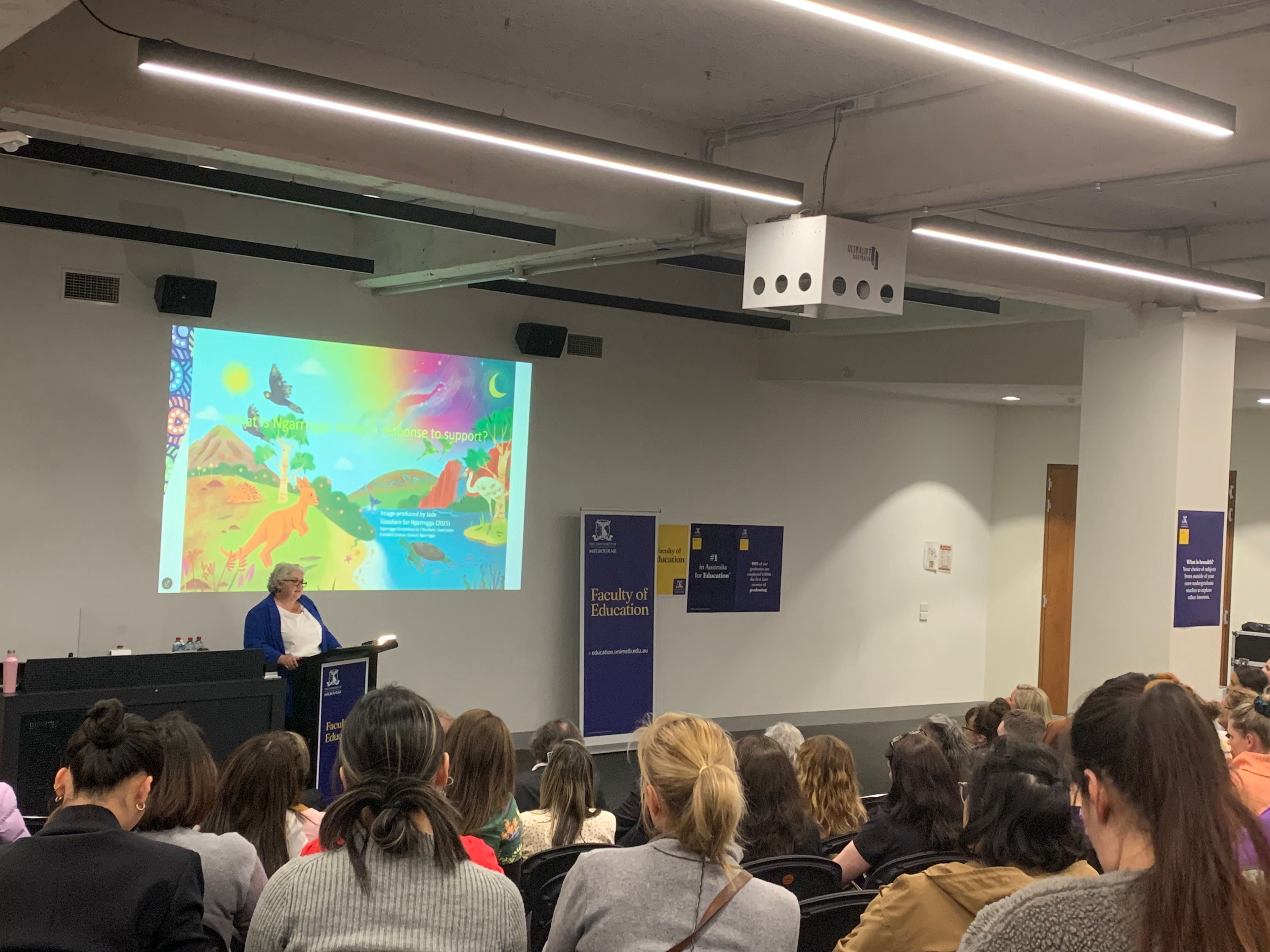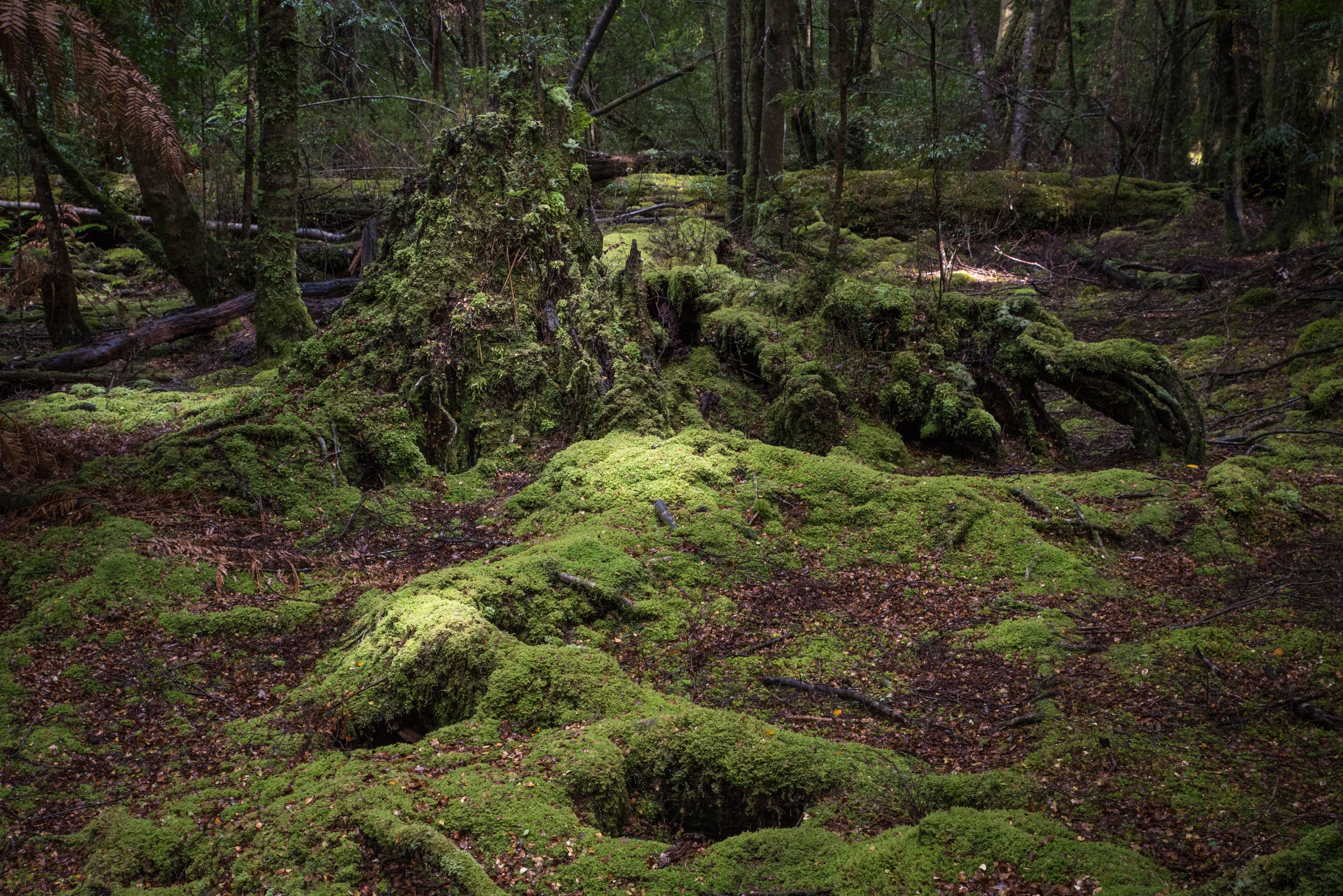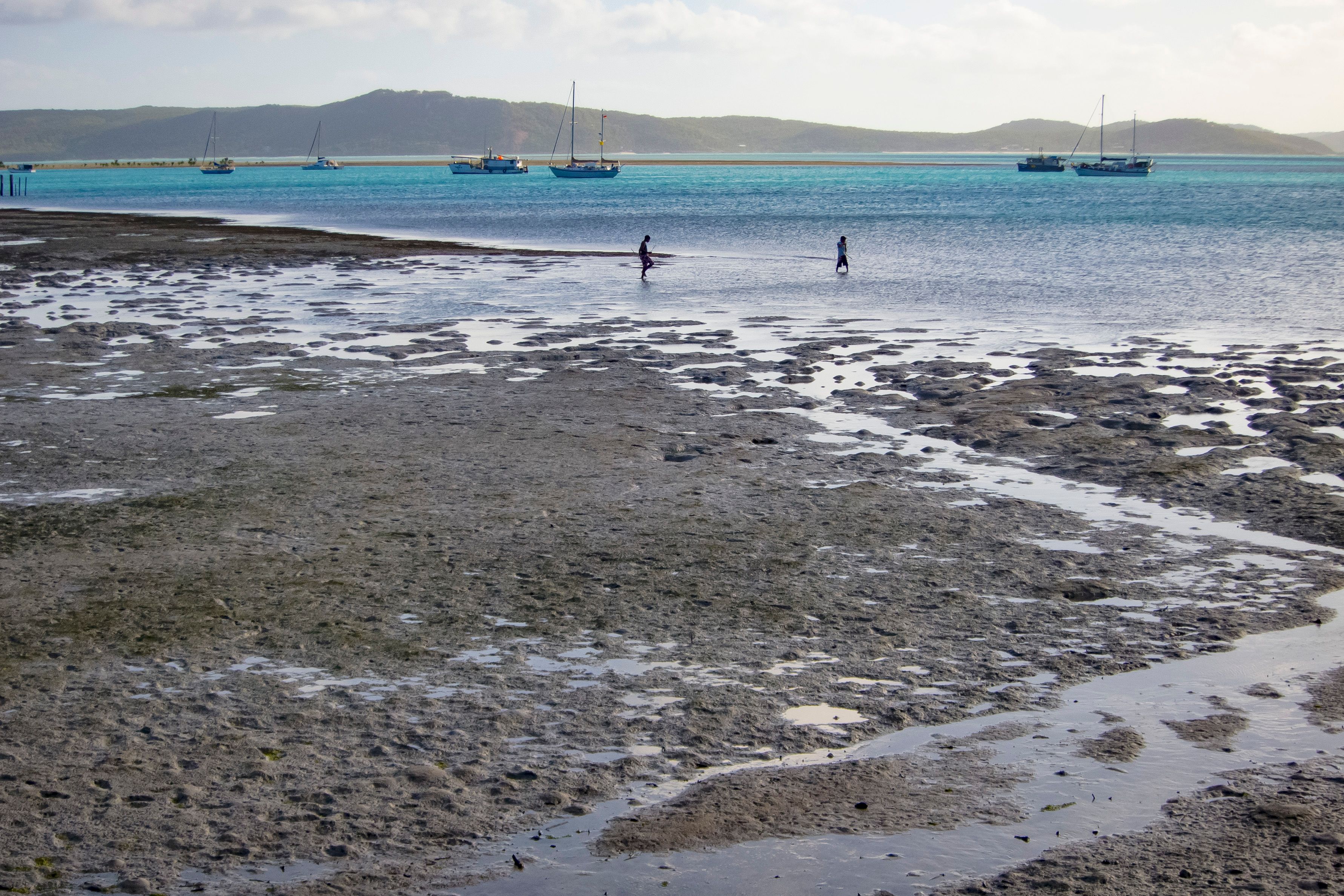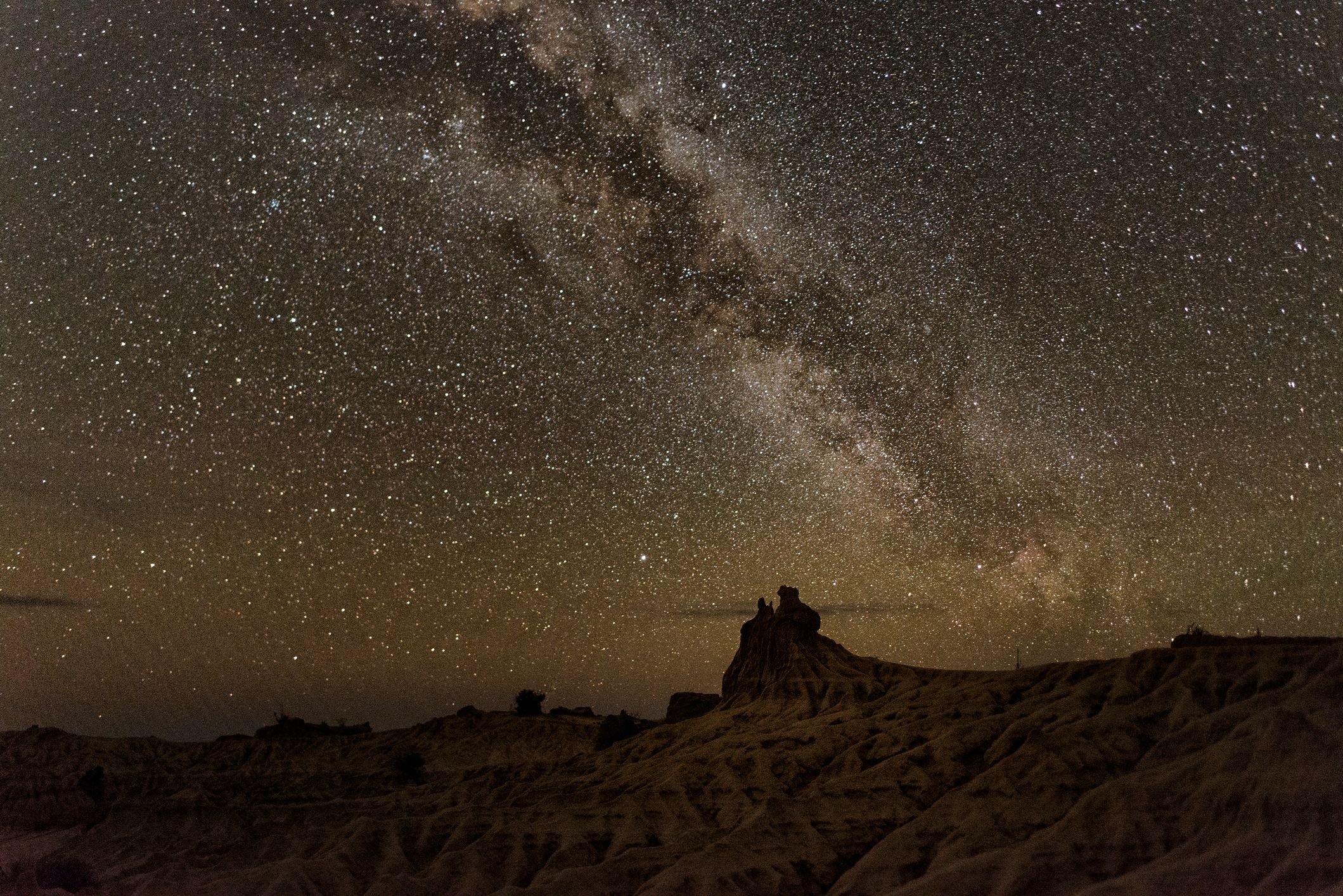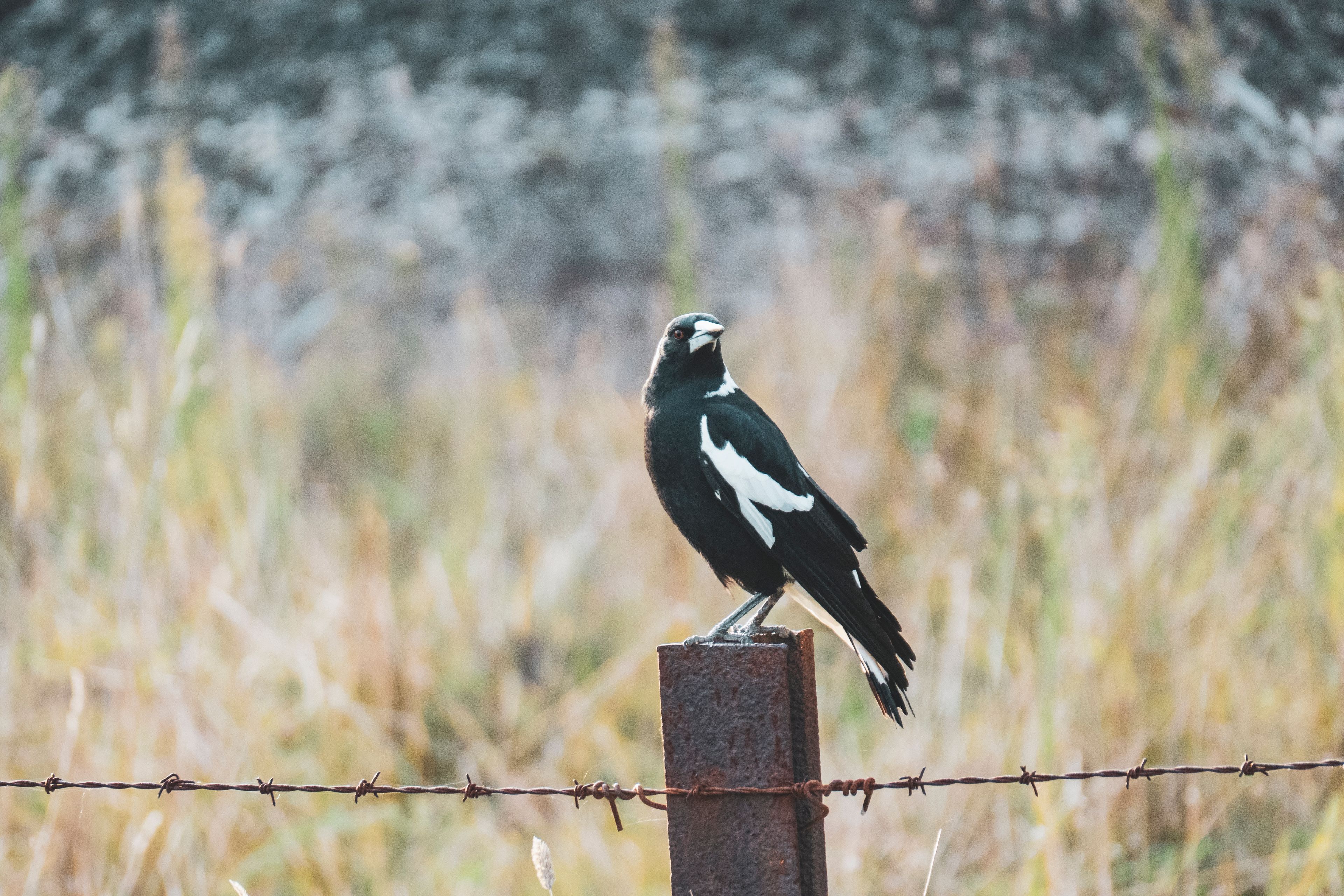Home/Stories and news/Ngarrngga’s Model for Resource Creation
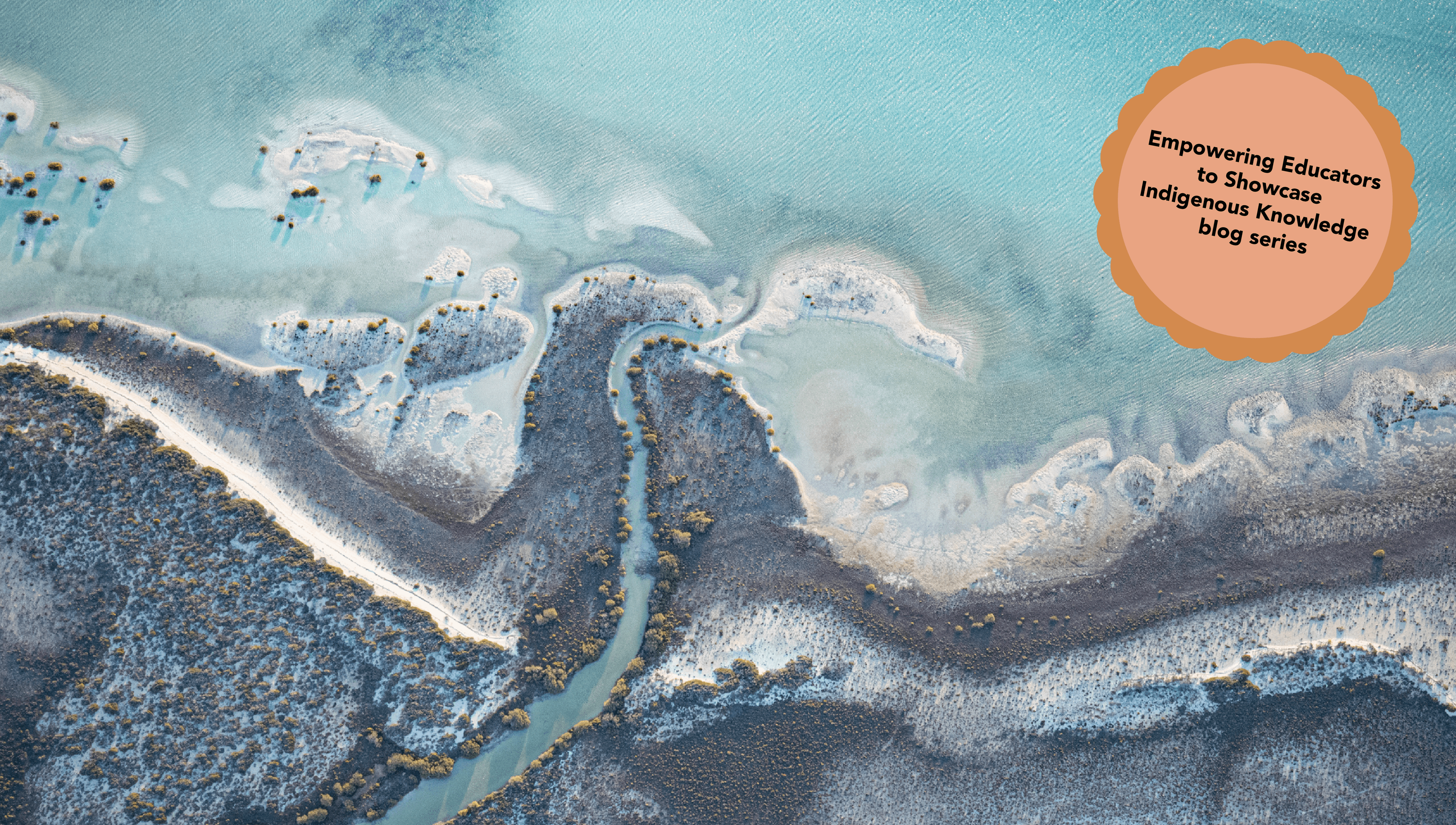
Ngarrngga’s Model for Resource Creation
Aerial Abstract of Beautiful Coastline. Shark Bay, Western Australia. Photographer: Chris Gordon. Source: Getty Images. Used under licence.
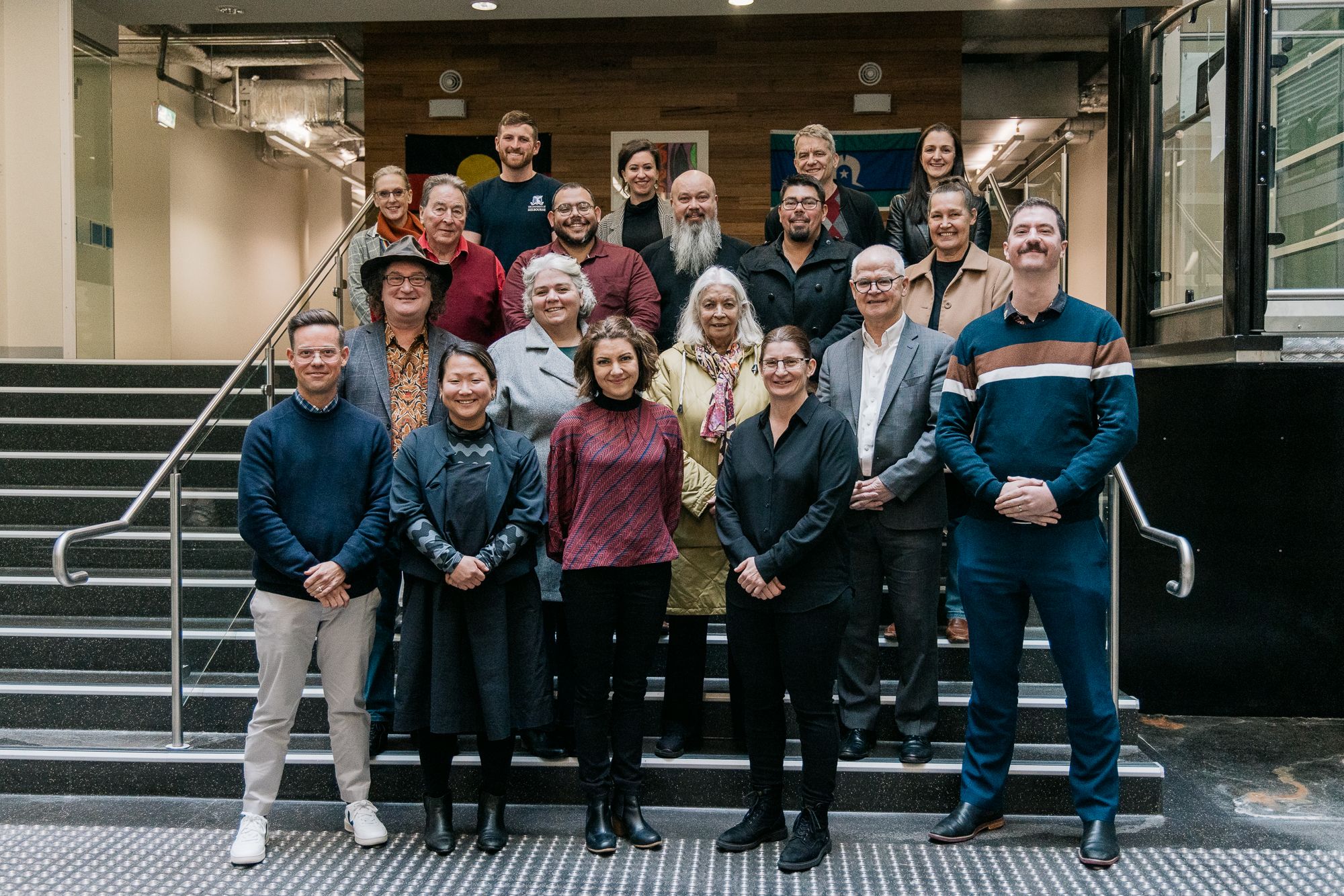
Ngarrngga Team
Educators across Australia face the challenge of embedding Aboriginal and Torres Strait Islander knowledge systems, histories and cultures into their teaching in ways that are meaningful, respectful, and aligned with curriculum goals.
To support this, Ngarrngga has developed a transformative model for resource creation that equips educators with culturally authentic, adaptable, and research-informed materials.
This model addresses the barriers educators often face—such as fear of cultural insensitivity or insufficient knowledge—and provides practical, culturally safe solutions.
Following our discussion on the methodology behind Ngarrngga’s resource creation, this blog explores Ngarrngga’s model for resource creation, the intentional design behind it, and how it empowers educators to overcome challenges they may encounter in showcasing Indigenous Knowledge authentically and respectfully.
Ngarrngga’s Approach to Classroom-Ready Resources
One of the core challenges educators face when showcasing Indigenous Knowledge is the fear of doing the wrong thing—whether by mispronouncing language words, unintentionally offending, or lacking adequate knowledge (Blair, 2015, Hogarth, 2024).
Research highlights that 67% of educators cite concerns about cultural sensitivity and knowledge gaps, with limited confidence in their ability to showcase Aboriginal and Torres Strait Islander Knowledges consistently (Brown et al., 2024, p.6).
To address this, Ngarrngga translates academic and teacher-facing content into accessible, curriculum informed materials that are practical and easy to implement. These resources cater to educators' diverse needs, embedding layers of support—such as learning experiences, case studies, and teacher guidance—to ensure inclusivity and versatility across contexts.
Ngarrngga’s approach aligns with Nakata’s (2011) argument that embedding Indigenous Knowledge requires careful sequencing and context-specific adaptation. This ensures that resources are meaningful, culturally appropriate, and scaffold learning over time.
By grounding its resources in this intentionality, Ngarrngga empowers educators to bridge the gap between intention and action confidently.
Ngarrngga’s intentionality in design avoids a prescriptive, "one-size-fits-all" approach. Instead, the resources empower educators by offering flexibility and agency while addressing their expressed fears and knowledge gaps (Riley & Genner, 2011).
Modules Built for Showcasing Indigenous Knowledge
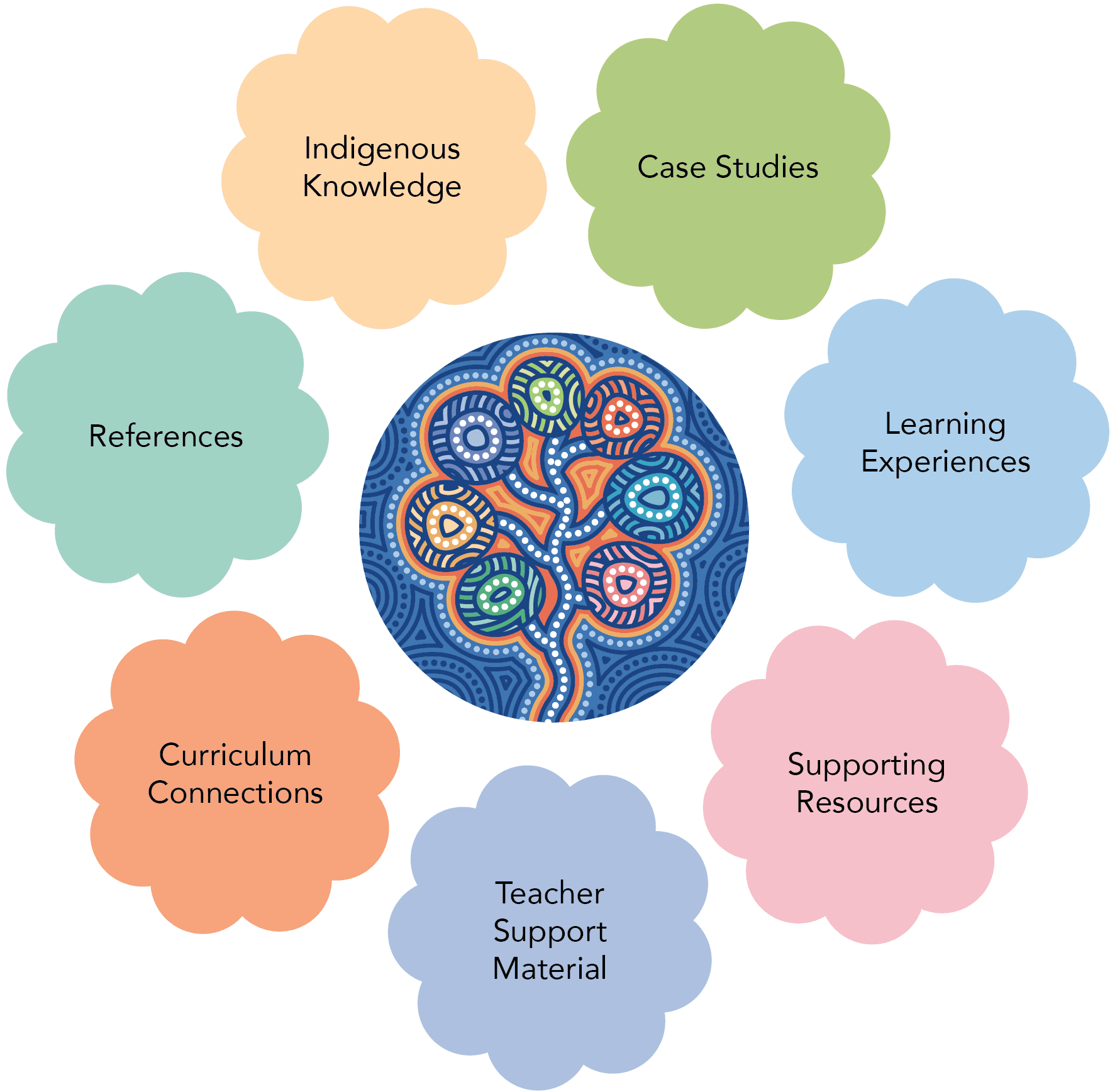
Figure 1: Components of a Ngarrngga Module
At the heart of Ngarrngga’s resource creation are Modules, thoughtfully structured to foreground Indigenous Knowledge and align with Ngarrngga’s guiding principles (Ngarrngga, 2024). Each module includes key components, as shown in Figure 1, ensuring that the educational resources provide comprehensive support for educators.
These include:
Indigenous Knowledge Content:
Highlighting core knowledge created and approved by expert collaborators, including Ngarrngga’s Expert Advisory Panel and Project Steering Committee.
Case Studies:
Real-world examples showcasing Indigenous perspectives and practices in action.
Learning Experiences:
Engaging, ready-to-use learning experiences that centre Indigenous Knowledge in practical ways.
Supporting Resources:
Multimodal materials, including videos, texts and templates to support teaching and learning.
Teacher Support Material (TSM):
Practical guides offering advice, contextual information, and suggested pedagogies to boost teacher confidence.
Curriculum Connections:
Clearly mapped links to the Australian, Victorian and NSW Curriculums, ensuring alignment with key learning areas.
References:
Scholarly and practical sources for further exploration.
Currently, Ngarrngga’s modules are further categorised into four adaptable formats, each tailored to specific teaching contexts:
Units of Learning: A series of interconnected learning experiences designed to showcase Indigenous Knowledge or Indigenous Focus.
Pathway Series: Flexible pathways offering teachers multiple approaches and options to showcase Indigenous Knowledge or Indigenous Focus into their teaching.
Resource Collections: A diverse range of multimodal resources showcasing Indigenous Knowledge or Indigenous Focus, easily adaptable for integration into existing units of learning.
Standalone Activities: Independent activities designed to showcase Indigenous Knowledge or Indigenous Focus in an engaging and meaningful way.
These formats allow educators to choose resources that suit their teaching goals while maintaining integrity to the knowledge being showcased.
Empowering Teachers: Beyond Commercialisation
Ngarrngga’s model is cognisant of and seeks to intentionally engage with growing critique surrounding the pitfalls of commercialised education platforms and products (Cairns et al., 2024).
Unlike generic “worksheet factories,” Ngarrngga’s methodology for resource creation balances educators’ increased uptake of educational resources (Glasnović Gracin & Jukić Matić, 2021; Tuomi, 2013) with prioritisation of adherence to cultural safety, relationality, and professional integrity in the resources we curate (AIATSIS, 2022).
This resonates with the imperative to scrutinise the evidence-base and quality assurance claims that often accompany ready-made curriculum resources (Cairns et al., 2024).
In sharing our motivation, approach, methodology and model for resource creation, we respond to the call for increased transparency and clarity in the creation of educational resources (MacDonald & Beasy, 2024).
Through unpacking our model for resource creation, we highlight and demystify its distinctive attributes and the deployment of professional skills that underlie it.
By foregrounding Indigenous Knowledge and providing robust teacher support, Ngarrngga’s model for resource creation sets the scene for educators to engage, participate in and facilitate meaningful learning opportunities. As Brown et al. (2024, p.8) emphasise, equipping educators with clear, guiding information significantly boosts their confidence in showcasing Indigenous Knowledge.
By empowering educators to move beyond tokenistic approaches—such as focusing solely on NAIDOC Week or special events—Ngarrngga’s model for resource creation encourages sustained, authentic engagement with Indigenous Knowledge through a whole-school curriculum.
By fostering relationality in our collaborations, Ngarrngga brings Indigenous Knowledge Holders and educators together in education partnerships grounded in shared responsibility.
This approach reflects Nakata’s (2011) principles of relationality and respect, ensuring that resources are both culturally authentic and set the scene for pedagogically robust classroom deployment.
Ngarrngga’s model for resource creation offers a transformative approach to showcasing Indigenous Knowledge. By providing adaptable, demonstrably research-informed, and culturally sensitive resources, Ngarrngga empowers educators to identify and overcome barriers, embrace flexibility, and showcase Indigenous Knowledge authentically.
This model not only responds to challenges for doing so in Australian settings (Poulton & Mockler, 2024) but also redefines what it means to teach inclusively.
Ngarrngga invites educators to explore its modules and come to know, hear and understand the collective professional expertise bringing them to fruition.
Through our ongoing engagement with educators and integration of feedback provided, we look forward to finessing and expanding our resource offerings to help create culturally safe and enriched learning environments for teachers and students alike.
References
Australian Institute of Aboriginal and Torres Strait Islander Studies [AIATSIS] (2022). AIATSIS Guide to evaluating and selecting education resources, https://aiatsis.gov.au/education/guide-evaluating-and-selecting-education-resources
Blair, N. (2015). Aboriginal education: More than adding different perspectives, in N. Weatherby-Fell (Ed), Learning to teach in the secondary school, Cambridge. 189-208.
Brown, D., Ellerton, P. , & Leibovitch, Y. (2024). Holistic approach to embedding First Nations perspectives. University of Queensland Critical Thinking Project.
Cairns, R., Weinmann, M., & McKnight, L. (2024). ‘Solving’ the curriculum resource ‘problem’? A critical policy analysis. Discourse: Studies in the Cultural Politics of Education, 1-14.
Glasnović Gracin, D., & Jukić Matić, L. (2021). Use of textbooks and other resources in curriculum reform. A longitudinal case study. ZDM Mathematics Education, 53(6), 1373–1385.
MacDonald, A., & Beasy, K. (2024). A watershed moment for articulating a professional practice of education resource creation. Australian Journal of Teacher Education.
Nakata, M. (2011). Pathways for Indigenous education in the Australian Curriculum framework. The Australian Journal of Indigenous Education, 40(1), 1–8.
Ngarrngga (2024). The vision: Indigenous Cultural and Intellectual Property Declaration. https://www.ngarrngga.org/the-vision
Poulton, P., & Mockler, N. (2024). Early career primary teachers' curriculum‐making experiences: Enablers and constraints to knowledge‐led forms of curriculum‐making. The Curriculum Journal, 35(1), 20-37.
Riley, L., & Genner, M. (2011). Bemel-Gardoo: Embedding Aboriginal cultural content in the science and technology syllabus. In N. Purdie, G. Milgate, & H. R. Bell (Eds.), Two way teaching and learning: Toward culturally reflective and relevant education (pp. 189–202). ACER Press.
Tuomi, I. (2013). Open educational resources and the transformation of education. European Journal of Education, 48(1), 58–78.
Discover the other blogs in this series:
How Ngarrngga works with Curriculum - https://www.ngarrngga.org/stories-news/how-ngarrngga-works-with-curriculum
Ngarrngga’s Methodology for Resource Creation – https://www.ngarrngga.org/stories-news/ngarrnggas-methodology-for-resource-creation
Ngarrngga’s Stance on Learning Design - https://www.ngarrngga.org/stories-news/ngarrnggas-stance-on-learning-design
Ngarrngga’s Framework for Curriculum Interpretation and Enactment - https://www.ngarrngga.org/stories-news/framework-curriculum-interpretation-enactment

